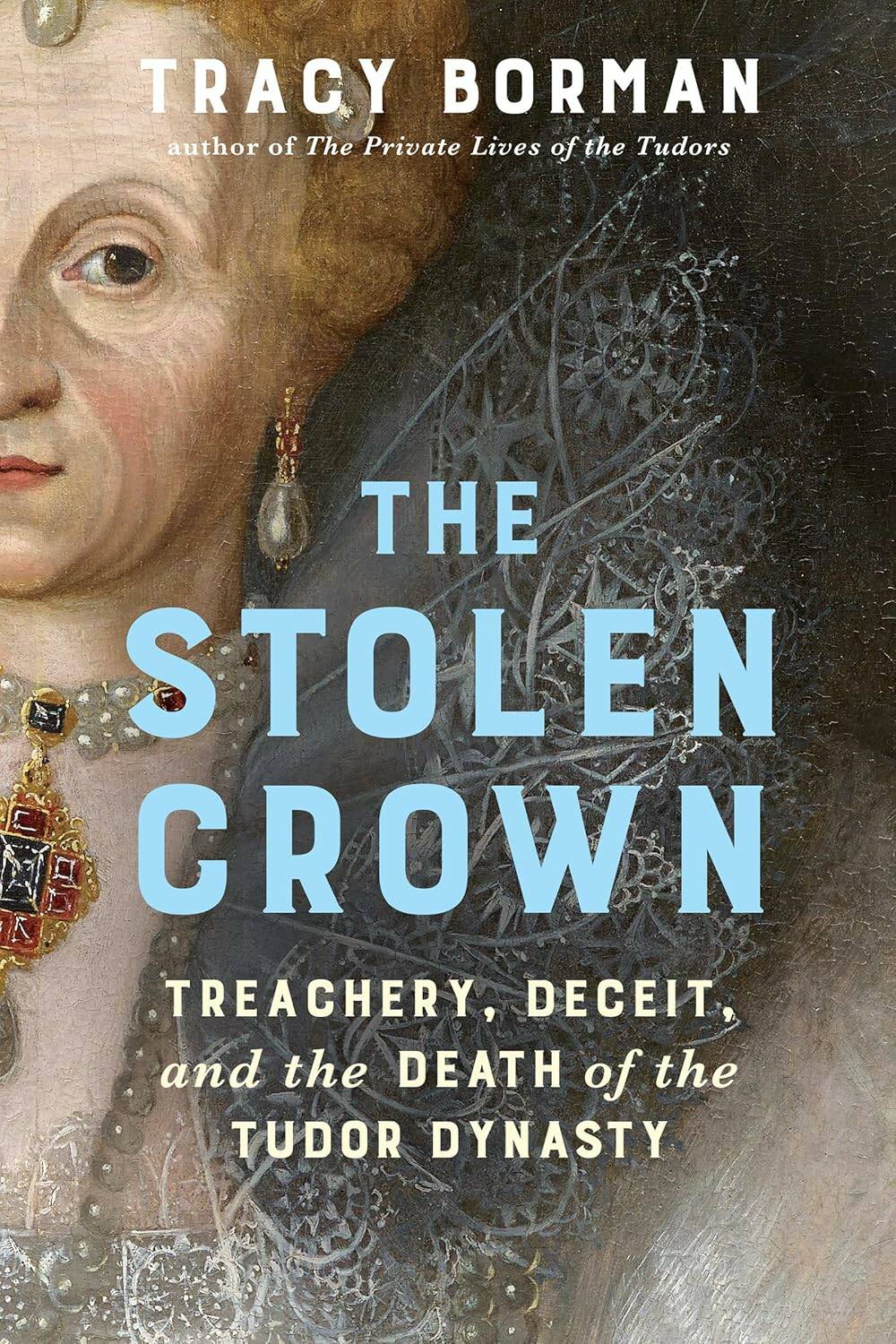A royal riddle
Tudor dynasty’s dramatic end explored in well-researched, revealing account
Advertisement
Read this article for free:
or
Already have an account? Log in here »
To continue reading, please subscribe:
Monthly Digital Subscription
$0 for the first 4 weeks*
- Enjoy unlimited reading on winnipegfreepress.com
- Read the E-Edition, our digital replica newspaper
- Access News Break, our award-winning app
- Play interactive puzzles
*No charge for 4 weeks then price increases to the regular rate of $19.00 plus GST every four weeks. Offer available to new and qualified returning subscribers only. Cancel any time.
Monthly Digital Subscription
$4.75/week*
- Enjoy unlimited reading on winnipegfreepress.com
- Read the E-Edition, our digital replica newspaper
- Access News Break, our award-winning app
- Play interactive puzzles
*Billed as $19 plus GST every four weeks. Cancel any time.
To continue reading, please subscribe:
Add Free Press access to your Brandon Sun subscription for only an additional
$1 for the first 4 weeks*
*Your next subscription payment will increase by $1.00 and you will be charged $16.99 plus GST for four weeks. After four weeks, your payment will increase to $23.99 plus GST every four weeks.
Read unlimited articles for free today:
or
Already have an account? Log in here »
For more than four centuries, historians accepted William Camden’s account that Elizabeth I named James VI of Scotland as her heir from her deathbed. Camden’s biography Annales, published in 1615, became the official version of a smooth and rightful succession.
But recent technological advances have revealed that Camden’s manuscript was heavily edited, with some sections glued so firmly they couldn’t be peeled back without causing damage. Using modern illumination techniques, researchers have uncovered significant alterations, suggesting the transition was far more precarious than previously believed.
Tudor historian and scholar Tracy Borman’s The Stolen Crown: Treachery, Deceit, and the Death of the Tudor Dynasty is a compelling and accessible dive into the final days of the Tudor dynasty and the fraught transition to the Stuart reign. With clarity and finesse, Borman unpacks centuries of dynastic rivalry, political intrigue and royal ambition, offering readers a vivid portrait of Elizabeth I’s reign and the shadowy succession that followed.

Jason Bell / Starz
The refusal to name a successor by Elizabeth I (seen here played by Alicia von Rittberg in the 2022 Starz series Becoming Elizabeth) was strategic, keeping everyone guessing as to her intentions.
Elizabeth I was the daughter of Henry Tudor (also known as Henry VIII) and Ann Boleyn, and reigned from 1558 to 1603; she had no children. James VI, Elizabeth I’s cousin, was the child of Mary Queen of Scots and Henry Stuart, Lord Darnley. He reigned as king of Scotland from 1567, and also as king of England and Ireland from 1603 until 1625, during which time he was known as James I.
Borman doesn’t excuse Camden’s edits, noting that had the English people known Elizabeth hadn’t formally endorsed James, they might have rejected him. Instead, she explores why Camden made these changes and who stood to benefit. The answer, unsurprisingly, points to the new Stuart regime, eager to legitimize its claim and suppress dissent.
The book excels in contextualizing this moment within a broader historical framework. Borman traces the dynastic entanglements between England and Scotland back to Henry VIII’s sister Margaret, who married James IV of Scotland. She explores Elizabeth’s lifelong rivalry with her first coursin once removed, Mary Queen of Scots, whose claim to the English throne was bolstered by her ties to both Scotland and France.
The international stakes were high, as Spanish, Austrian and Swedish royals all vied for influence, proposing marriages and alliances to position themselves as Elizabeth’s heir. This made Elizabeth’s refusal to name a successor strategic, and by keeping everyone guessing she maintained control and loyalty. Her correspondence with James VI was frequent and cordial, but never definitive. Even after executing his mother, Elizabeth kept King James hopeful yet uncertain.
Borman’s prose is elegant and engaging. She avoids academic clutter with no footnotes or tangents, choosing instead a streamlined narrative that keeps readers immersed. Her depiction of court life, political maneuvering and the personalities involved is rich and nuanced. The contrast between Elizabeth’s vibrant, hands-on leadership and James’s aloof, council-driven governance is particularly striking. James’s reign, marred by paranoia, witch hunts and the Gunpowder Plot, lacked the charisma and cohesion of his predecessor’s.
The book’s only disappointment lies in its treatment of the newly uncovered edits to Camden’s manuscript. While these revelations could have reshaped our understanding of the Tudor-Stuart transition, Borman introduces them only near the end, without the depth or analysis they warrant. The implications of these changes — concealed plots, softened rivalries and manipulated succession narratives — deserve more than a passing mention.

The Stolen Crown
Ultimately, The Stolen Crown is a masterfully written and thoroughly researched account of a pivotal moment in British history. Yet, for a book built around groundbreaking discoveries, it leaves readers wanting more of the very evidence that could have transformed the story.
Julie Kentner is a Winnipeg writer.


